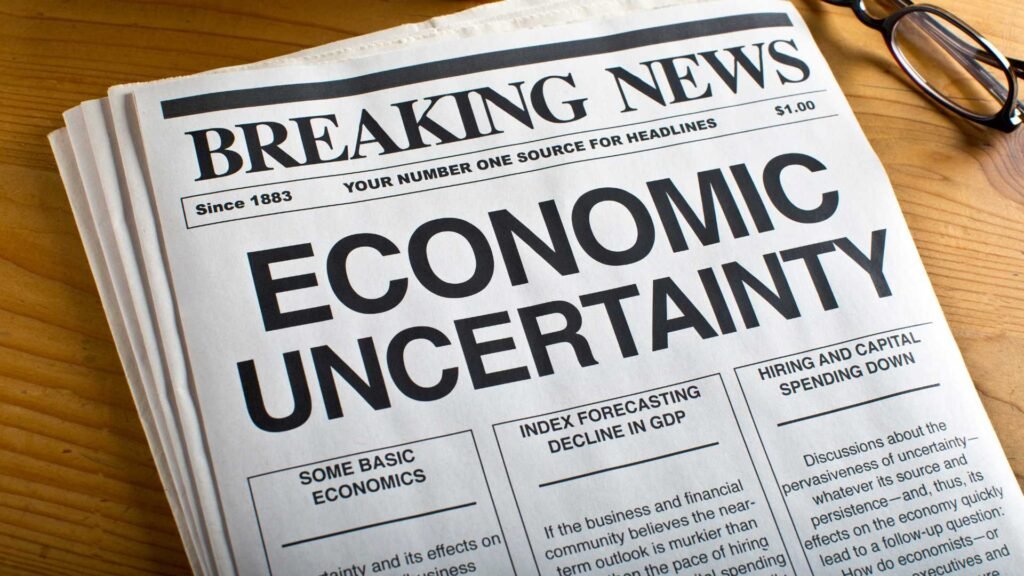In economic indicators, employment data holds a paramount position, often serving as a barometer for the health of a nation’s economy. Recently, Australia experienced a notable shift in its employment landscape, marked by unexpected fluctuations in April. Following two months of significant gains, the country faced an unexpected downturn in employment figures, catching analysts and policymakers off guard. This downturn, coupled with Australia’s jobless rate rises, suggests a potential cooling of the previously robust labor market. These developments have sparked intrigue and concern among stakeholders, highlighting the dynamic nature of Australia’s economic trajectory.
Market Reactions and Currency Movements
The market reaction to the employment data was largely muted. Initially, the Australian dollar dipped after the release of the data but later recovered to $0.6440. Meanwhile, three-year bond futures remained steady at 96.1. Despite the recent uncertainty, markets had already slashed bets on rate cuts for the year, indicating confidence that interest rates have peaked. However, monetary easing is still a distant possibility, likely not until December. This means there might not be any major changes in monetary policy for a while.
Employment Figures and Forecasts

According to data released by the Australian Bureau of Statistics, there was a drop in net employment of 6,600 in March compared to the previous month, which saw a significant rise of 117,600 jobs. Despite market expectations of a small gain of 10,000 jobs following a robust February, the reality turned out differently. Interestingly, full-time employment bucked the trend, showing an increase of 27,900 positions in March.
Although the jobless rate saw a slight increase from 3.7% to 3.8% compared to the previous month, it remained below the forecasted rate of 3.9%. While this uptick might seem minor, its repercussions extend across various sectors, prompting inquiries into the underlying factors driving this shift in employment dynamics.
The Impact of Australia’s Jobless Rate Rises on Individuals’ Economy
Australia’s jobless rate rise directly impacts Australia’s economic health by influencing both individual livelihoods and the broader economic landscape. When more people are unemployed, it sets off a chain reaction of negative effects. This includes reduced consumer spending, lower tax revenues, and increased social welfare costs. As the proportion of jobless individuals rises, it dampens consumer spending, weakens confidence levels, and strains social welfare systems, presenting multifaceted challenges to Australia’s economic resilience.
Moreover, joblessness doesn’t just affect economic indicators; it also has profound social consequences. The strain of unemployment can take a toll on mental health and social well-being, leading to decreased productivity and societal instability. In essence, the jobless rate serves as a critical barometer of Australia’s economic and social vitality, highlighting the interconnectedness of economic factors and human welfare.
Central Bank’s Assessment
At its most recent meeting in March, the Reserve Bank of Australia (RBA) refrained from ruling in or out any policy changes. The RBA acknowledged the tight labor market conditions but projected that the jobless rate would tick up to 4.2% by June and 4.3% by year-end. Despite market confidence that interest rates have peaked, the possibility of rate relief remains distant. Swaps currently imply only a 65% probability of a rate cut in December, suggesting that even one rate cut this year is not guaranteed.
Navigating Economic uncertainty

In the wake of fluctuating employment figures, policymakers face the daunting task of balancing economic stability with the imperative of fostering inclusive growth. Decisions regarding fiscal stimulus measures, labor market interventions, and structural reforms assume heightened significance in navigating the complexities of the current economic landscape.
Amidst economic uncertainties, maintaining investor confidence emerges as a pivotal priority. Clarity in policy direction, transparent communication from regulatory bodies, and proactive measures to address systemic vulnerabilities are indispensable in fostering a conducive environment for sustained investment inflows and economic resurgence.
Australia’s labor market dynamics continue to evolve, influenced by both domestic and global factors. As policymakers monitor employment trends, they must balance supporting economic growth with managing inflationary pressures. For now, the focus remains on maintaining stability while navigating the uncertainties of a post-pandemic recovery.
The Australian employment landscape reflects a complex interplay of economic forces, and policymakers must remain vigilant to ensure sustainable growth and prosperity for all Australians.
We invite you to share your thoughts with us regarding the recent unexpected dip in Australian employment figures for March. If Australia’s jobless rate rises, it will have significant implications for the country’s economy. What are the impacts of rising unemployment? How does it affect Australia’s economic landscape? We encourage you to share your insights and perspectives on these important topics in the comments below.
